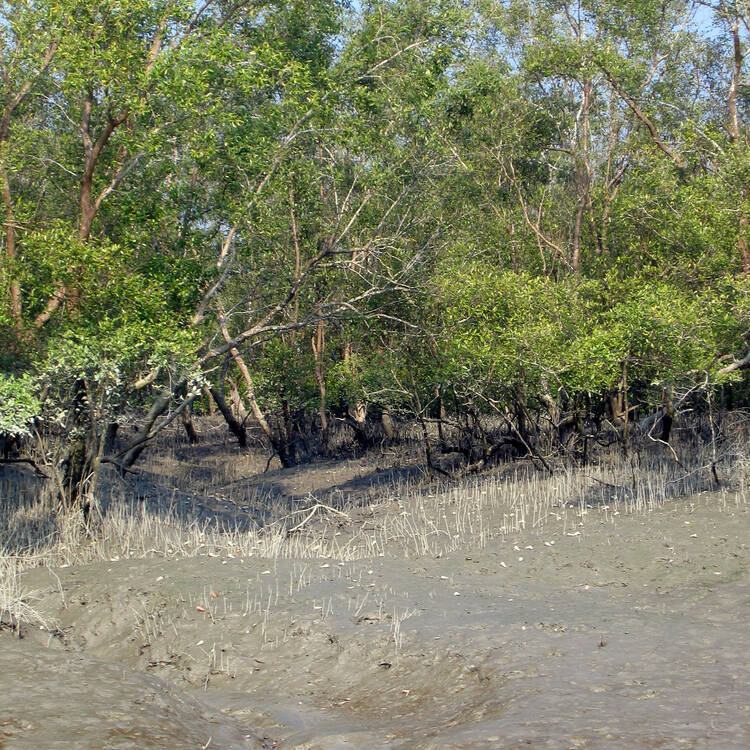What are Mangroves?
Written by Harman Dhingra, a grade 2 student.
Mangrove forests are not ordinary forests. They are salt-water forests that have special, salt-tolerant trees and shrubs, which grow in salty marshes and brackish water (mix of fresh and salty water)…
Written by Harman Dhingra, a grade 2 student.
Mangrove forests are no ordinary forests.

They are salt-water forests that have special, salt-tolerant trees and shrubs, which grow in salty marshes and brackish water (a mix of fresh and salty water).
Mangroves have special kinds of roots and leaves to survive in salt water. They have prop roots. These are external roots arising from the stem of the tree that form a tangled jungle and give support to the trees. Since they grow in salty water, they also have a special salt filtration system.
The leaves are waxy and thick so that they can store fresh water. Their unique pores help them to release the extra salt that they absorb.
Why they are good for us
These forests are really useful for our ecosystem. Fish and other organisms live in mangrove forests as they feel protected from storms and cyclones. They help to store carbon. Mangrove thickets act like a buffer between coastal land and water. They protect the shorelines and coastal communities from floods, storms, and hurricanes.
They reduce the wind speeds of the cyclones, slow down the flow of water and break the huge waves from entering the land.
Where are they found?
Mangrove forests are mostly found in tropical and subtropical regions.
Did you know the largest mangrove forest is in Asia?
The Sundarbans are the largest continuous mangrove forest. They line the coast of the Bay of Bengal in India and Bangladesh covering an area of 10,000 sq. km. They act like a natural barrier protecting millions of people along the coast.

Unfortunately, now, these forests are shrinking. Mangroves are being cut to make dams, factories, resorts, and areas for crop cultivation. The local villagers also cut the wood which they use as fuel for cooking and making furniture.
We need to protect this natural barrier that is such an important part of our ecosystem, or else we will suffer many damages in the future.
Written by Harman Dhingra, a grade 2 student.
I Kid You Not now has a large readership across India and also parts of the world. If you want to write for us, you can submit your story here. You can also apply to become a news anchor. Apply here





Comments
Excellent Hartman, my Baby. You have made me more knowledgable by this article. God bless you.
Harman,,love you.your writing is awesome.i have seen mangroves.but I don’t know anything abot…you explained like a well trained Guru..Teacher.l love your work.god bless you beta.Bahut sundar.no words.
Harman, excellent work.we have seen mangroves.you have explained so so nicely.love you dear.The youngest writer.god bless you.